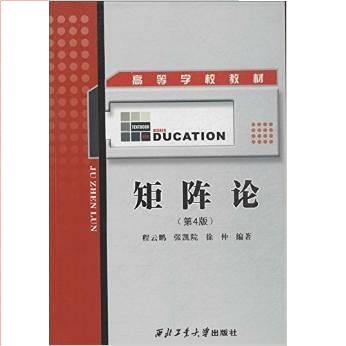The mutual information (MI) of Gaussian multi-input multi-output (MIMO) channels has been evaluated by utilizing random matrix theory (RMT) and shown to asymptotically follow Gaussian distribution, where the ergodic mutual information (EMI) converges to a deterministic quantity. However, with non-Gaussian channels, there is a bias between the EMI and its deterministic equivalent (DE), whose evaluation is not available in the literature. This bias of the EMI is related to the bias for the trace of the resolvent in large RMT. In this paper, we first derive the bias for the trace of the resolvent, which is further extended to compute the bias for the linear spectral statistics (LSS). Then, we apply the above results on non-Gaussian MIMO channels to determine the bias for the EMI. It is also proved that the bias for the EMI is $-0.5$ times of that for the variance of the MI. Finally, the derived bias is utilized to modify the central limit theory (CLT) and calculate the outage probability. Numerical results show that the modified CLT significantly outperforms previous methods in approximating the distribution of the MI and improves the accuracy for the outage probability evaluation.
翻译:使用随机矩阵理论(RMT)评估了高萨多投入多产出(MIMO)渠道的相互信息(MI),并用随机矩阵理论(RMT)评估了高萨分布的共性信息(MI),在这种分布中,ERGodic 相互信息(EMI)会达到确定数量,然而,在非加西语渠道中,EMI及其确定等同(DE)之间有偏差,文献中没有提供这种偏差。EMI的偏差与大RMT中确定点的痕迹的偏差有关。在本文中,我们首先得出对确定点的偏差,然后进一步扩展,以计算线性光谱统计(LSS)的偏差。然后,我们将上述结果应用于非Gaussian MIMO渠道,以确定EMI的偏差,文献中也没有提供这种偏差,而EMI的偏差则为0.5美元。最后,通过衍生偏差来修改中央限理学理论(CLT),并计算出过去C-LV的概率分析结果,从而大大改进了C-LV的概率。





